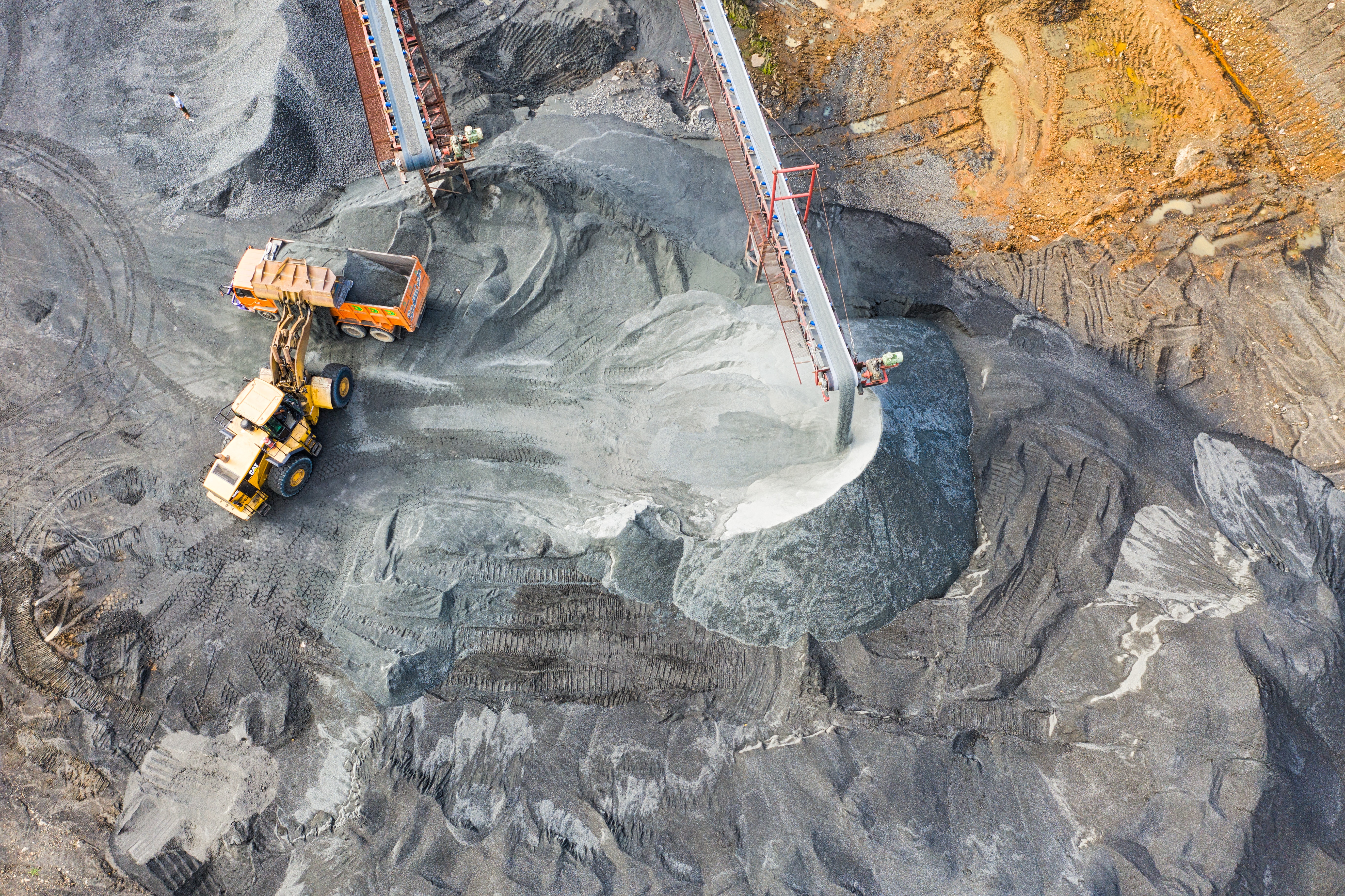What’s the problem with Illegal mining in Peru?
Sofia and Anaïs in Year 12 explore and discuss the illegal mining practices taking place in South America. As well as outlining the socioeconomic impacts that affect the environment and the population.
Peru is the largest gold producer in Latin America, producing 100 kilograms in 2022. However, it has faced the issue of illegal gold mining for decades, with 28% of gold being illegally mined. This problem is especially prevalent in the mining region of Madre de Dios in the southeast. What are the environmental, social, and economic impacts of this, and what has the government done to intervene?
What is illegal mining, and what are its environmental impacts?
Illegal mining includes mining in prohibited land, such as nature reserves, or with unauthorised machinery or methods of extraction. It is one of the main drivers of deforestation in Peru, because it requires construction of roads and mining sites. One of the main issues is that mercury is used during extraction.
More than 180 tonnes of mercury yearly have been found in the air, river and soils of Madre de Dios. This has a negative impact on the food chain due to accumulation in animals, this also impacts humans. The accumulation of mercury in fish can lead to health risks as they are sold for consumption. In illegal mining, the use of mercury is mostly unrestrained. While there has been a reduction in formal mercury imports, large quantities are still smuggled into Peru, which are used in illegal mining.
Gold is transported by carriers to buyers, who then sell to processing plants. Receipts are required to prove the legality of the origin, but buyers pay for fake receipts. It is nearly impossible to trace the origin of the gold once illegal and legal gold has been mixed. Gold refineries also help fuel the illegal gold supply chain.
What has the government done to intervene?
In 2019, emergency was declared in the southern region of Madre de Dios – because of the unmanaged and illegal extraction. As the processing left toxic fumes and created mercury-contaminated land and rivers. The Peruvian military began raiding and clearing mining camps and hotspots. 5,000 individual miners and their families were forced to abandon the mining sites and relocate. However, it was low-income miners who were targeted and at risk from intervention than those with higher status in the industry. This operation was deemed a success. As in the region there was a 92% decrease in deforestation for illegal mining. There continue to be satellite monitoring programs in local communities to identify illegal deforestation. A 2022 report found that there are now 46,000 miners in Madre de Dios – and of these, only 5,000 miners work formally.
What are the social and economic impacts of illegal mining?
Illegal mining has evidently proven to devastate the environment. It results in deforestation, decreased biodiversity and threatens Peru’s efforts to balance natural resource management and the health of local indigenous communities. The real reasons why many workers decide to engage in this line of work are: poverty, mining mismanagement, and unemployment.
As of December 2022, the unemployment rate of Peru was 7.11%, an ideal rate for the country is 3 to 4%. The industry is worth close to $3 billion annually. If these figures are accurate, a job in illegal mining would earn more than double that of the drug trade. This indicates it is a beneficial source of income for these workers, especially those living in poverty (around 25% of the population). With the inflation rate approaching 9%, they may want to increase their disposable income. This allows them to be able to afford necessities and provide for their families.
In addition, people have also been displaced from their homes in regions of the country because of harmful environmental impacts. Water and soil pollution in these areas had detrimental effects on their quality of life as they lack access to clean land and water.
Peruvian gold has been distributed to markets around the world and since 2011. Most gold exports have gone to refineries in Switzerland, the USA, India, Canada, and the UAE. A kilogram of gold can be sold for nearly $60,000. However, the value of GDP for Peru is underestimated since illegal work is not included in the figure.
There has been an increase in crime rate, particularly in tax evasion, money laundering, trafficking, killings, extortion and violent land invasions. The illegal mining affects the tax revenue, through tax evasion and asset laundering in the national and international market. Money laundering occurs simply because there is a flow of money into criminal organisations. Furthermore, due to the high volume of men in mining towns in the Madre de Dios region, the industry also facilitates other crimes such as sex trafficking. Working conditions have been illustrated as “slave-like” by NGOs. In fact, in 2020, the defender of the Tambopata National Reserve Juan Julio Fernández Hanco, along with 28 others, was killed for defending his rights or land from illegal mining since some criminal gangs have taken over.
Conclusion
Illegal mining, despite government intervention, is still prevalent not only in Peru but in other Latin American countries. This has led to extreme environmental consequences, predominantly due to mercury accumulation and deforestation. But has also negatively affected local communities.

